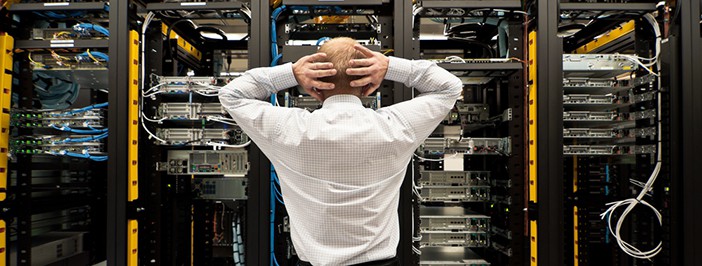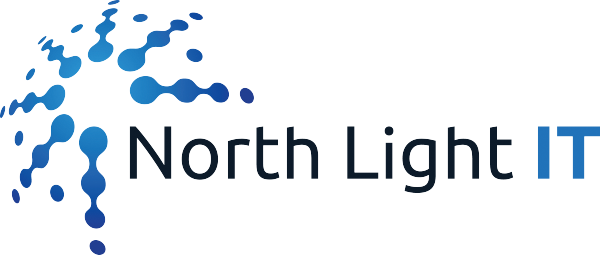Disaster Recovery vs. Business Continuity – Why You Need BOTH
Disaster can happen at any time; this is a fact we’ve all experienced at least once in our lives. As a business owner, it’s the one major thing you hope your company never faces. What is a disaster in regards to your business? A disaster, or disruption, can be one of a multitude things. It can be a natural event such as a flood, tornado, fire, or other catastrophic weather events. It can also be man-made. You could have an employee strike, get hit with a contagious illness such as the flu, experience a power outage, or be the victim of a cyber-attack. It’s important that you have a plan in place to protect your business in case any of those things does happen. Business continuity and disaster recovery are often thrown around together as solutions, but did you know they are two very different things?
Business Continuity
Business continuity plans differ from disaster recovery plans in a number of ways. Business continuity is business centric and is designed specifically to help businesses keep going during and after a disruption. It’s important that your business has a comprehensive strategy to allow you to continue to operate as normal through the duration of the event as well as after to prevent losses from downtime. Business continuity usually requires a mix of hardware and software that allows data to be in two separate places – such as on site and off site – at once. As a disruption is occurring, your main system will experience a “failover”, switching over to the second location seamlessly. This allows you to move operations to a temporary location where it can be accessed with little to no downtime. The plan should outline what data is the most important for the operations of your business, as a business continuity plan gives the most important data the top priority.
Disaster Recovery
Disaster recovery is a subset of business continuity. Disaster recovery is data centric and works hand in hand with your business continuity plan. Its main job is focused on getting your essential data and systems back up and running after a disruption. A recent copy of your data is stored in another location, ensuring the ability to recover it in the future, if not right away. This plan should outline what your most important data are and the speed on which it should be recovered. The most important part of having a disaster recovery plan is continuous testing. Waiting until a disruption is the worst time to “test” your disaster recovery. Without testing it, you can’t be sure that it is working properly. If you test it regularly – say twice a month – you’ll be able to catch any fall points and correct them before you actually need to use it.
Having Both Protects Your Business Better
So which one should you choose? Disaster recovery or business continuity? The answer is both, as they work together to protect your business. While business continuity is great, it only helps you so much if you can’t recover your data to make your operations running worth while. Disaster recovery in itself is great as well but doesn’t do a lot of good if your operations aren’t able to run the data recovered. Having both in place ensures that you can continue running your business and that none of your data is lost during and after a disruption. NorthLight IT can help!




